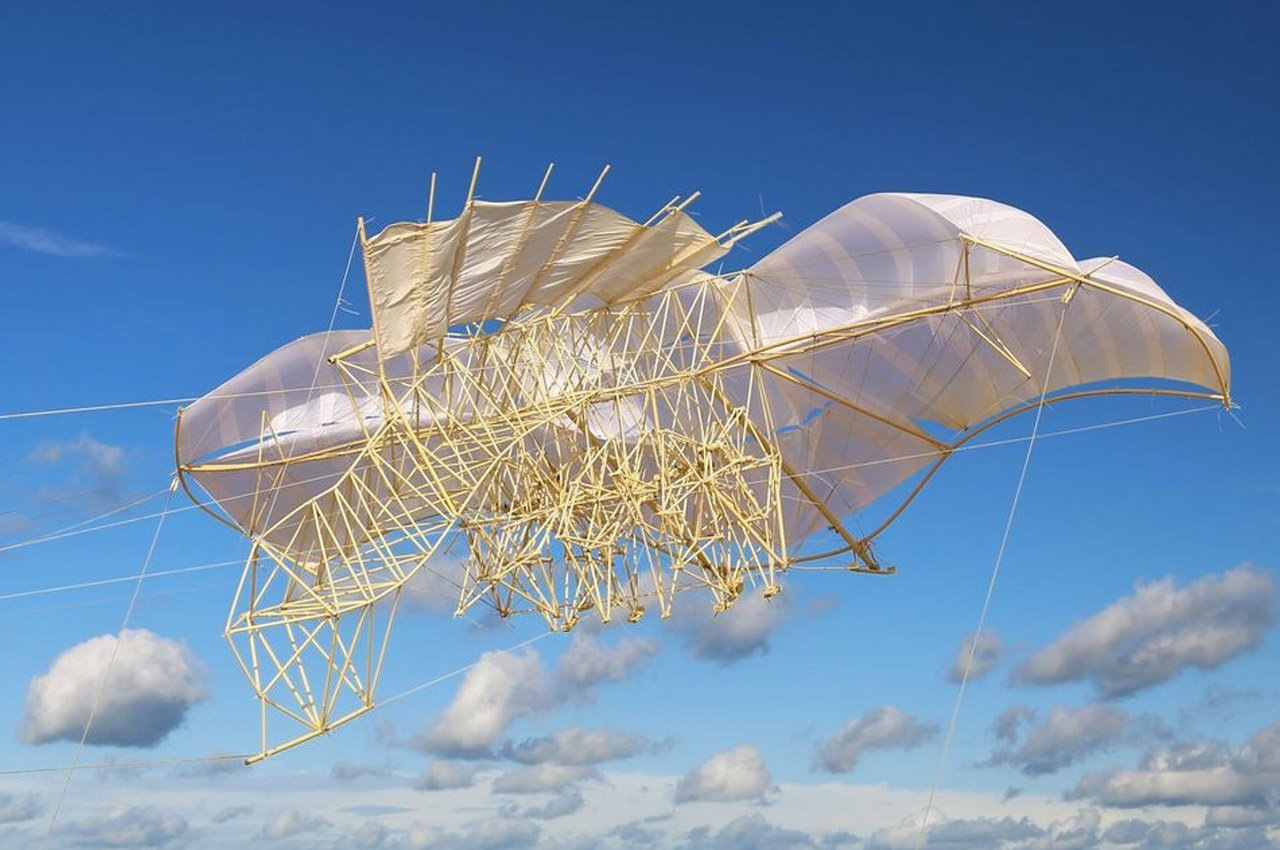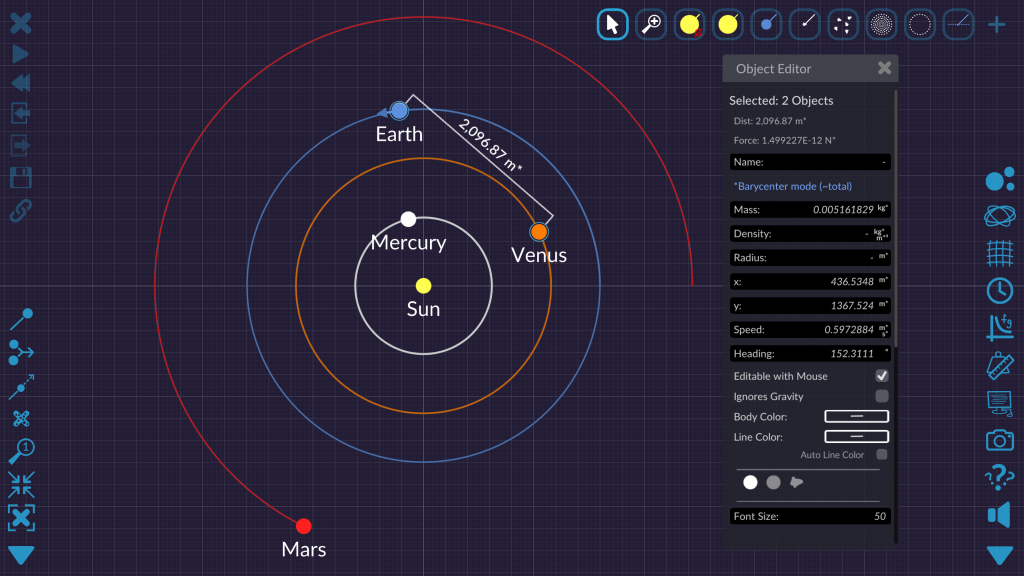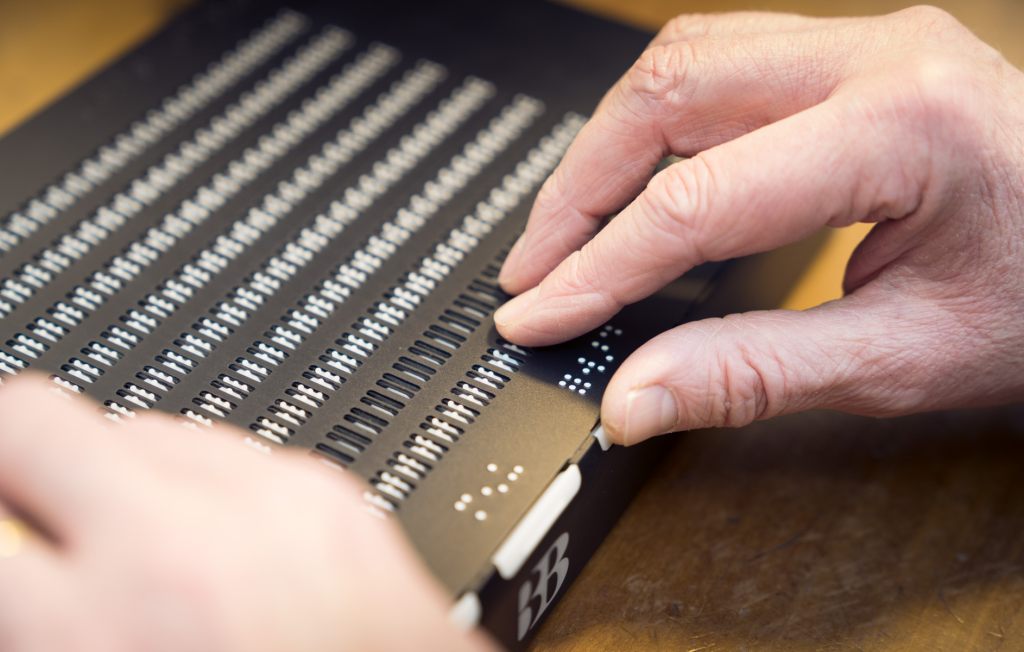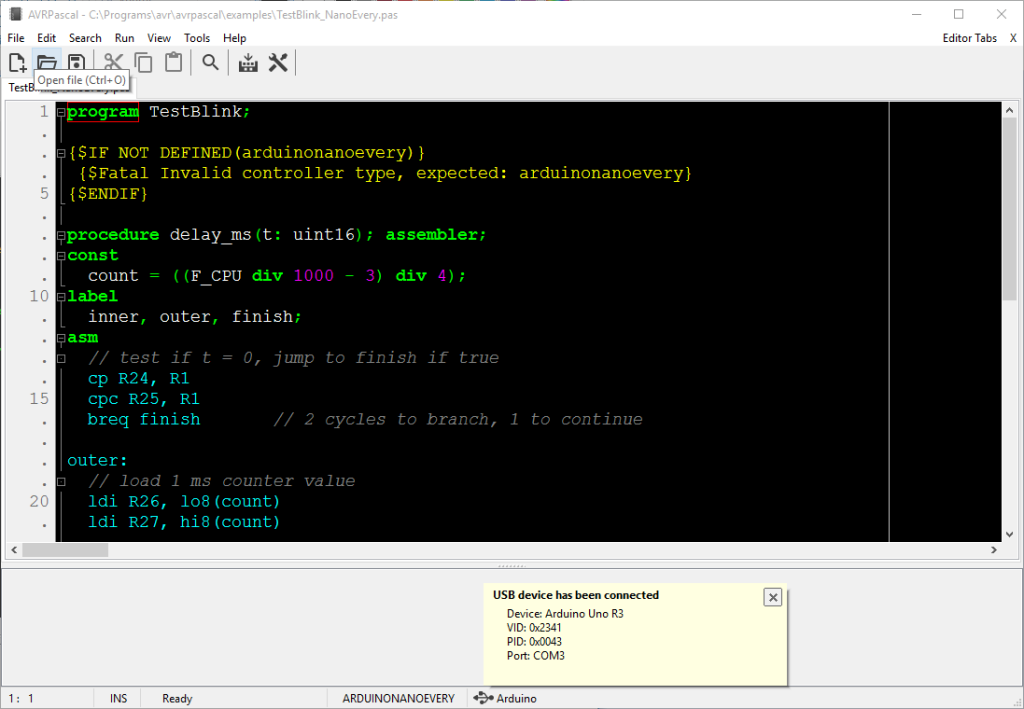The Strandbeest is an extraordinary walking machine that showcases the innovative genius of artist Theo Jansen. These mechanical marvels, often described as “beach animals,” rely on intricate designs and engineering, making them a fascinating subject for DIY enthusiasts. You don’t have to be an expert to create your own Strandbeest; with a 3D printer and some basic components, like an Arduino, you can bring one to life. Imagine the satisfaction of building a unique robot that mimics the graceful movements of a living creature, all while using cutting-edge technology. Dive into the world of Theo Jansen machines, where the art of mechanical walking comes alive with creativity and engineering skill.
Strandbeests, known for their mesmerizing locomotion, fall under the broader category of mechanical walking machines that intrigue many tech enthusiasts. Often referred to as Theo Jansen’s creations, these stunning constructs symbolize the fusion of art and engineering. By leveraging technologies such as 3D printing, aspiring builders can engage in DIY robot building projects that result in functional and aesthetically pleasing robots. Whether you’re exploring Arduino Strandbeest designs or experimenting with motor drivers for movement, the creativity involved in crafting these structures is limitless. This remarkable intersection of creativity and technology highlights a captivating realm where innovation meets artistry.
Understanding the Strandbeest: A Masterpiece of Mechanics
The Strandbeest, created by Theo Jansen, represents an extraordinary blend of art and engineering. This mechanical walking machine mimics natural movements, showcasing the synthesis of creativity and technology. Each Strandbeest is a carefully designed system of legs and joints, intricately working together to achieve its graceful locomotion. Jansen’s vision was not just to create a visually stunning piece of art but also to engineer a self-sustaining mechanism that can respond to environmental forces like wind and water. This concept of kinetic sculptures deeply engages audiences and offers a gateway into the realms of robotics and mechanics.
Building a Strandbeest might initially seem intimidating, but with the right resources and tools, anyone can embark on this exciting DIY robot building journey. The accessibility of 3D printing technology has revolutionized the way these models can be constructed. By utilizing readily available design files and a bit of programming knowledge, aspiring makers can construct their very own Strandbeest, bringing to life Jansen’s innovative designs. This process not only enhances understanding of mechanical principles but also fosters creativity and problem-solving skills.
The Role of 3D Printing in Strandbeest Construction
3D printing has become a pivotal technology in the world of robotics and mechanical constructions, including the popular Strandbeest projects. With a 3D printer, builders can effortlessly create the intricate parts required for the Strandbeest, such as the chassis, legs, and joints. This technology allows for rapid prototyping and customization of designs or modifications to improve functionality. Moreover, the ability to print components in vibrant colors adds an aesthetic appeal that mirrors the artistic vision behind the original creations of Theo Jansen.
In the realm of DIY robot building, 3D printing not only simplifies the construction process but also makes it more accessible. Individuals with limited manufacturing resources can now create sophisticated mechanical walking machines from their homes. This shift democratizes engineering, allowing enthusiasts to engage with robotics on a personal level, experimenting with their own designs and showcasing their innovations. Consequently, the fusion of 3D printing technology and robotic design paves the way for a new generation of makers to explore and realize their visions.
Getting Started with Arduino and Strandbeest Projects
Arduino technology is at the heart of many modern DIY projects, including the amazing Strandbeest models. With its versatility and ease of use, an Arduino board, particularly the Arduino Uno, makes it possible to control various functions of the Strandbeest. This microcontroller serves as the brain, allowing builders to integrate sensors and motors seamlessly into their designs. The L293D motor driver shield is particularly advantageous, enabling the powering of two DC gear motors that provide movement to the walking mechanisms with precision.
Programming an Arduino to control a Strandbeest opens up a myriad of possibilities for customization. For instance, using an infrared sensor facilitates remote operation, granting users the ability to command their walking machines with a simple remote control. This enhancement not only adds a layer of interactivity but also introduces fundamental programming concepts that are essential in robotics. Aspiring makers can learn valuable skills while enjoying the process of guiding their own mechanical creations to life.
The Mechanics Behind Walking Machines
Mechanical walking machines like the Strandbeest are remarkable feats of engineering that mimic the gait of living creatures. They utilize a series of linkages and levers to convert rotational motion into forward movement, a design principle that has fascinated engineers and artists alike. The intricate design of Jansen’s models highlights the importance of balance and stability, challenging builders to fine-tune their constructions to achieve that graceful movement that defines the Strandbeest. Understanding these mechanical principles not only adds depth to the construction process but also enriches the educational experience for those interested in robotics.
Moreover, building a walking machine offers practical insights into physics and mechanics, reinforcing concepts such as levers, torque, and energy transfer. As builders experiment with different configurations and materials, they gain hands-on experience that deepens their comprehension of mechanical engineering. This exploration leads to a greater appreciation for the complexities and challenges inherent in robotic design, especially in developing devices that effectively emulate biological motion.
Integrating Sensors for Enhanced Functionality
The integration of sensors into Strandbeest projects not only enhances their capabilities but also enriches the user experience. By incorporating sensors like infrared receivers, builders can control the movement of their robotic creations remotely. This functionality allows for a more interactive experience, enabling users to engage with their machines in exciting ways. Additionally, sensors can provide feedback to the Arduino, allowing for more advanced features such as obstacle avoidance or automatic adjustments based on environmental conditions.
Using sensors also introduces an essential layer of complexity to the DIY robot building process, challenging enthusiasts to extend their programming skills and deepen their understanding of robotics. For example, programming the Arduino to respond to sensor inputs requires critical thinking and problem-solving capabilities, skills that are valuable not just in robotics but in a wide range of technological fields. As aspiring makers work through these challenges, they build a robust foundation in both theory and application.
Designing Your Own Strandbeest: Tips and Tricks
Creating a unique Strandbeest can be a richly rewarding endeavor, especially when personalized design elements are incorporated. It begins with choosing the right templates and understanding the specific components required for construction, such as 3D printed parts, Arduino hardware, and motors. By utilizing online design files and resources, builders can get a head start on their projects, ensuring they have access to tried-and-true configurations while still allowing for creative expression in the customization of colors and sizes.
Additionally, incorporating feedback loops and optimizing designs based on testing can enhance the performance and aesthetics of your walking machine. As builders refine their designs, they learn about the iterative process that is central to engineering and robotics. This aspect of DIY projects fosters not only technical skills but also resilience and innovation. Engaging with the design phase thoughtfully can lead to extraordinary creations that embody both functionality and artistic vision.
The Future of Strandbeest and Robotic Kinetics
As technology progresses, the future of Strandbeest and similar mechanical constructs is promising. Advances in robotics, materials science, and 3D printing are expanding the possibilities for creators to innovate beyond traditional designs. Future iterations of Strandbeest may incorporate AI technologies to enhance their interaction with environments, making them more adaptive and intelligent. This potential evolution promises to enhance the artistry behind Jansen’s vision while driving forward the field of robotics in creative and unexpected directions.
Moreover, the growing community of makers and hobbyists passionate about kinetic sculptures and Strandbeest offers a collaborative environment for sharing ideas and advancements. This culture of innovation broadens the scope of individual contributions, inspiring enthusiasts to push boundaries and explore new horizons. As more people engage in building and customizing their own Strandbeest, we are likely to witness a renaissance of mechanical artistry that continues to inspire future generations.
Exploring Educational Applications of Strandbeest Projects
Strandbeest projects can serve as powerful educational tools, facilitating learning in various subjects such as engineering, physics, and art. Educational institutions can leverage the hands-on nature of building Strandbeests to engage students in STEM (Science, Technology, Engineering, and Mathematics) activities. These projects encourage creativity while grounding students in practical skills like coding, 3D modeling, and mechanical design. As learners create their own walking machines, they experience the excitement of transforming theoretical knowledge into tangible outcomes.
Furthermore, introducing students to the mechanics behind the Strandbeest can ignite interest in robotics and engineering careers. By exploring how devices like these work, students can develop a deeper understanding of complex systems and problem-solving strategies that are vital in the modern workforce. Teachers can utilize these projects to foster teamwork and collaborative learning, as students share ideas and techniques to enhance their Strandbeest creations. This collaborative environment mirrors real-world engineering practices, preparing students for future challenges in technological fields.
The Aesthetic Appeal of the Strandbeest Design
One of the most captivating aspects of the Strandbeest is its aesthetic design, which beautifully marries functionality with artistic expression. Jansen’s creations are not only mechanically fascinating but also visually striking, drawing admiration from art lovers and engineers alike. The intricate details and flowing movements of the Strandbeest create a sense of elegance that captures the imagination. This merging of art and engineering reflects a deep appreciation for both disciplines, encouraging a broader understanding of creativity in technical fields.
The visually appealing characteristics of these machines are often enhanced through thoughtful color choices in 3D printable designs, allowing builders to personalize their creations. The result is a stunning array of unique walking machines that stand out not only for their movement but for their artistic flair. This aspect of the Strandbeest has inspired many to explore the possibilities of combining technology with design, making it a significant subject within both art installations and educational demonstrations of mechanical engineering.
Frequently Asked Questions
What is a Strandbeest and who created it?
A Strandbeest is a mechanical walking machine designed by artist Theo Jansen. These fascinating creations mimic the movement of animals and are known for their elegant walking motions.
Can I build my own Strandbeest at home?
Yes, building your own Strandbeest is entirely feasible, especially if you have a 3D printer, as the chassis, legs, and joints can be 3D-printed using available design files.
What materials do I need to create a Strandbeest?
To create a Strandbeest, you will need a 3D printer, Arduino Uno for control, an L293D motor driver shield for the motors, DC gear motors, and a 3-cell lithium-polymer battery for power.
How does the Arduino Strandbeest work?
The Arduino Strandbeest operates using an Arduino Uno connected to an L293D motor driver. This combination allows the control of two DC gear motors, enabling the Strandbeest to walk gracefully.
What role does the infrared sensor play in a Strandbeest?
An infrared sensor can be used to control the Strandbeest remotely using a basic IR remote control, allowing it to move backward, forward, and turn with ease.
Where can I find design files to build a Strandbeest?
Design files for building a Strandbeest are available online, making it easy for DIY robot builders to create their own Strandbeest walking machines.
Is it difficult to build a 3D printed Strandbeest?
While building a 3D printed Strandbeest may seem complex, many find the process straightforward with the right designs and components, especially with the help of guides and tutorials.
What are the benefits of using 3D printing for a Strandbeest?
Using 3D printing for a Strandbeest allows for precision in building intricate parts like the chassis and joints, which contributes significantly to the functionality and aesthetics of the mechanical walking machine.
Can I customize my Strandbeest design?
Absolutely! DIY robot building encourages customization, and you can modify the design files to create a unique Strandbeest that reflects your personal style.
What makes a Strandbeest walk smoothly?
A Strandbeest walks smoothly due to its well-designed mechanisms and careful engineering, which are essential for achieving the elegant, fluid movements that are characteristic of Theo Jansen’s creations.
| Key Point | Details |
|---|---|
| Creator | Theo Jansen |
| Complexity | May seem daunting but is feasible to build |
| 3D Printing | Using a 3D printer simplifies the construction process. |
| Brain of the Machine | Arduino Uno |
| Motor Driver | L293D motor driver shield to operate two DC motors. |
| Power Source | 3-cell lithium-polymer battery. |
| Construction Materials | Chassis, legs, and joints are all 3D-printed. |
| Control Method | Equipped with an infrared sensor for control via IR remote. |
| Mobility Features | Can move backward, forward, and turn left/right. |
| Design Philosophy | Designed to walk with elegance, a key feature of Strandbeest. |
Summary
Strandbeest, created by the innovative artist Theo Jansen, represents a remarkable intersection of art and engineering. This unique walking machine showcases the potential of DIY projects, especially for those interested in combining creativity with technology. The simplicity of constructing a Strandbeest with a 3D printer and basic electronic components makes it accessible for many enthusiasts. With readily available design files and comprehensive guidance, anyone can embark on their own Strandbeest journey and contribute to the fascinating evolution of these mechanical creatures. Embrace the wonder of Strandbeest and explore the elegance of motion that Jansen intended.



